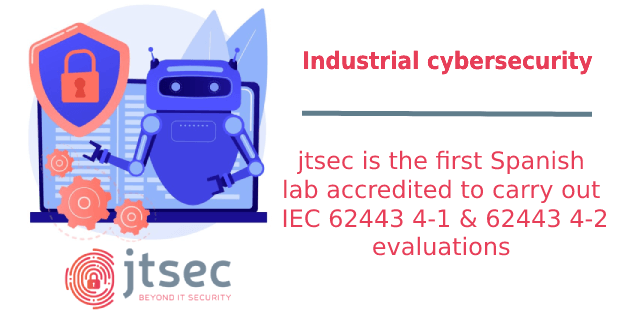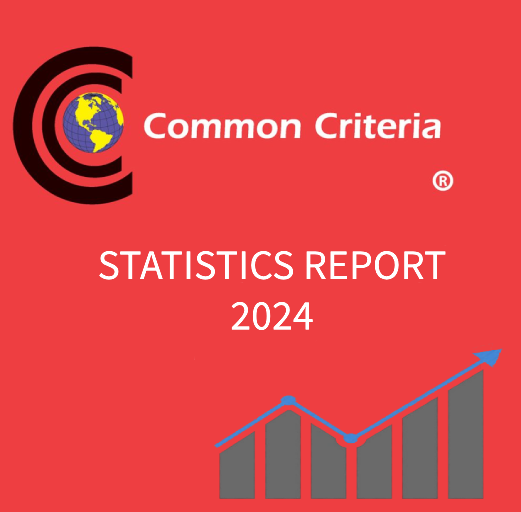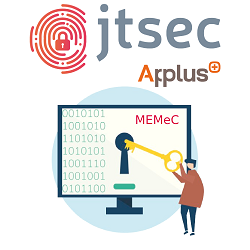While performing a STIC evaluation of a product, the evaluation team at jtsec thought that it would be interesting to analyze the communications between two embedded devices that were part of the product. The main objective was to determine whether those communications were properly secured with encryption and other important security measures when it comes to devices that communicate using radio frequencies such as protection against jamming, GPS spoofing or replay attacks.
A few days ago, the International Conference on the Eu Cybersecurity Act (EUCA) was held in Brussels, we were really looking forward to returning to face-to-face events. EUCA has been created to support the discussion among all the stakeholders in a key topic for the community: The EU Cybersecurity Act. One more year, it was attended by top-level speakers who addressed different areas such as IOT Challenges, cloud and GDPR Frameworks or innovations in assurance and standards, among others
These weeks have been very special, and there are projects that we are particularly excited to assume. The DIBA project (Digitalization of interlocks through low latency communications: Application to IFMIF-DONES) has been selected by the Next Generation EU funds to be carried out in the coming months, this first phase is scheduled to end in August 2022.
On several occasions we have commented in our blog on the process to be followed to include products or services in the CPSTIC catalogue. All products and services included in the CPSTIC catalogue are qualified, but not all of them are certified. Do you want to know the difference?
For some years now, cybersecurity in the industrial field has been taking on a particularly significant relevance. Industrial sectors have taken note of the seriousness of suffering cyber-attacks that could potentially stop or slow down their production, or expose sensitive information. This March, after an exhaustive audit by IECEE, we obtained accreditation to carry out assessments under the IECEE CB scheme, more specifically for the IEC 62443 4-1 and IEC 62443 4-2 standards, dedicated to assessing the cybersecurity of industrial components.















